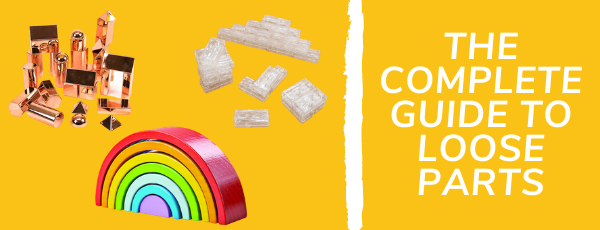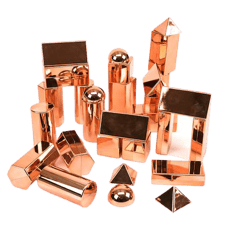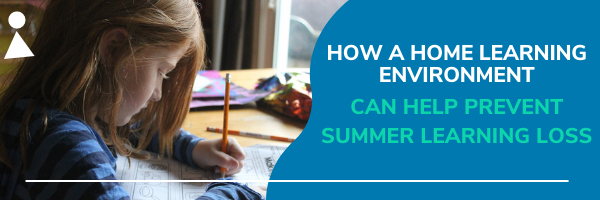Scholar's Choice - Loose Parts
You often hear people talk about how important Loose Parts are and how beneficial they are to children. But you may be thinking why is this the case? or you may even be wondering what they are? No matter how much you know or do not know about loose parts, this blog will help you understand what loose parts are, why they are important, what to use as loose parts, and NEW ways you can use loose parts and incorporate them in everyday play for the children in your centre.
What are Loose Parts?
First, it is important to know what loose parts are. Loose parts as the name suggests, are loose, tactile materials that children can move around during play and as they explore, allowing them to be creative. Loose parts are open-ended and have no defined rules of play.
Architect Simon Nicholson developed the theory of loose parts in the 1970s. He used the term 'loose parts' to describe open-ended materials which he believed facilitated and empowered creativity and exploration. He theorized it gave children much more freedom and creativity than that of fixed learning environments and toys with limited uses.
Why Are Loose Parts Important?
Loose parts play has been highly theorized as being important to the formation of neural networks in a young child's brain as it stimulates senses. Loose parts encourage children to be creative, they help them develop skills such as critical thinking and problem-solving. Loose parts also allow children to understand success and failure as they build and play, discovering what works and what doesn't. They grow children's confidence, as they can choose how to play as there is no right or wrong way.
The point of loose parts is to give a child the chance to explore, experiment, learn, and have fun. Loose parts can cater for all of the interests, strengths and cultures of diverse children, and children can create environments that suit their current skills.
What are "Good" loose parts?
You can use many objects as loose parts inside and out. It is important to remember every child's safety when it comes to choosing what they play with. Offering a range of loose parts that can be put together in a uniform fashion (e.g. blocks) or parts that don't match and are different shapes and sizes (e.g. stacking stones) are great for a child's creativity. Scholar's Choice offers a wide range of loose parts that are safe, made to the highest standard, and are fantastic for any childcare centre.
Outdoor Loose Parts Examples
Indoor Loose Parts Examples
Inspiring children is important to help them discover. Although loose part play is designed to give children the opportunity to play open-endedly, provocations or ideas can be set up by you the caregiver or educator to give children ideas to play or build. For example, you could build a house out of building blocks for the child to play with. Children will have their own creative ideas, so if they do something completely different from what you have set up do not stop them. Remember loose part play has no right or wrong way.
What is the Role of the Educator?
The role of the educator in loose parts play is to serve as the observer and the researcher. It is a good opportunity to see how a child plays and what they play with. How children play can help us better understand a child when they cannot express emotion in other ways.
Loose parts should be in every childcare centre. At Scholar's Choice, we offer a large selection of loose parts as well as ideas of what to do with them. Help develop the children in your centers' skills. Loose parts are simple, but one of the greatest tools you can get.



.jpg?width=310&name=Outdoor-Blocks-in-a-Bag-by-Scholars-Choice-031-0023%20(1).jpg)

.jpg?width=366&name=Shades-of-blue-wooden-tonal-collect-057-EY11124%20(2).jpg)






.png)
